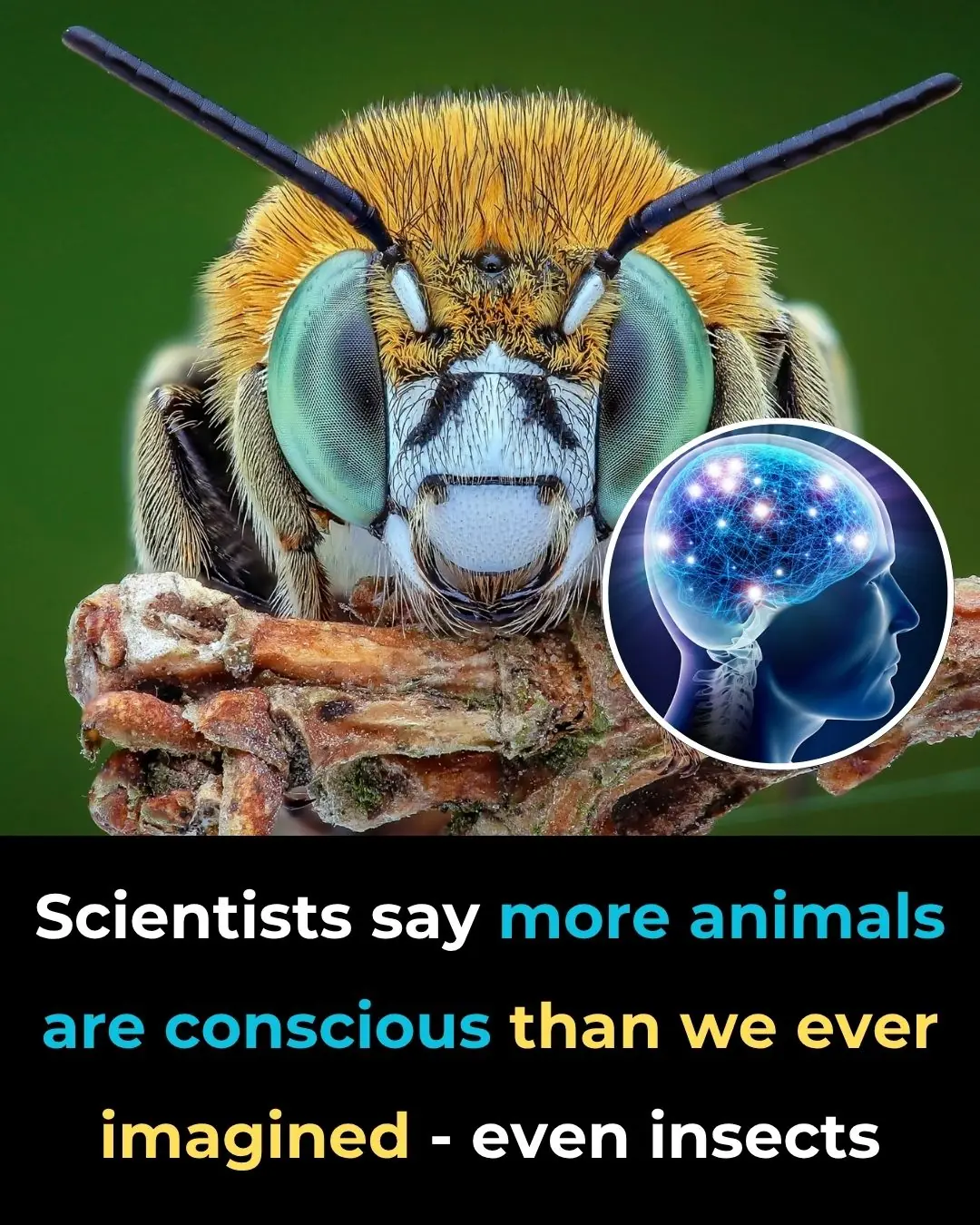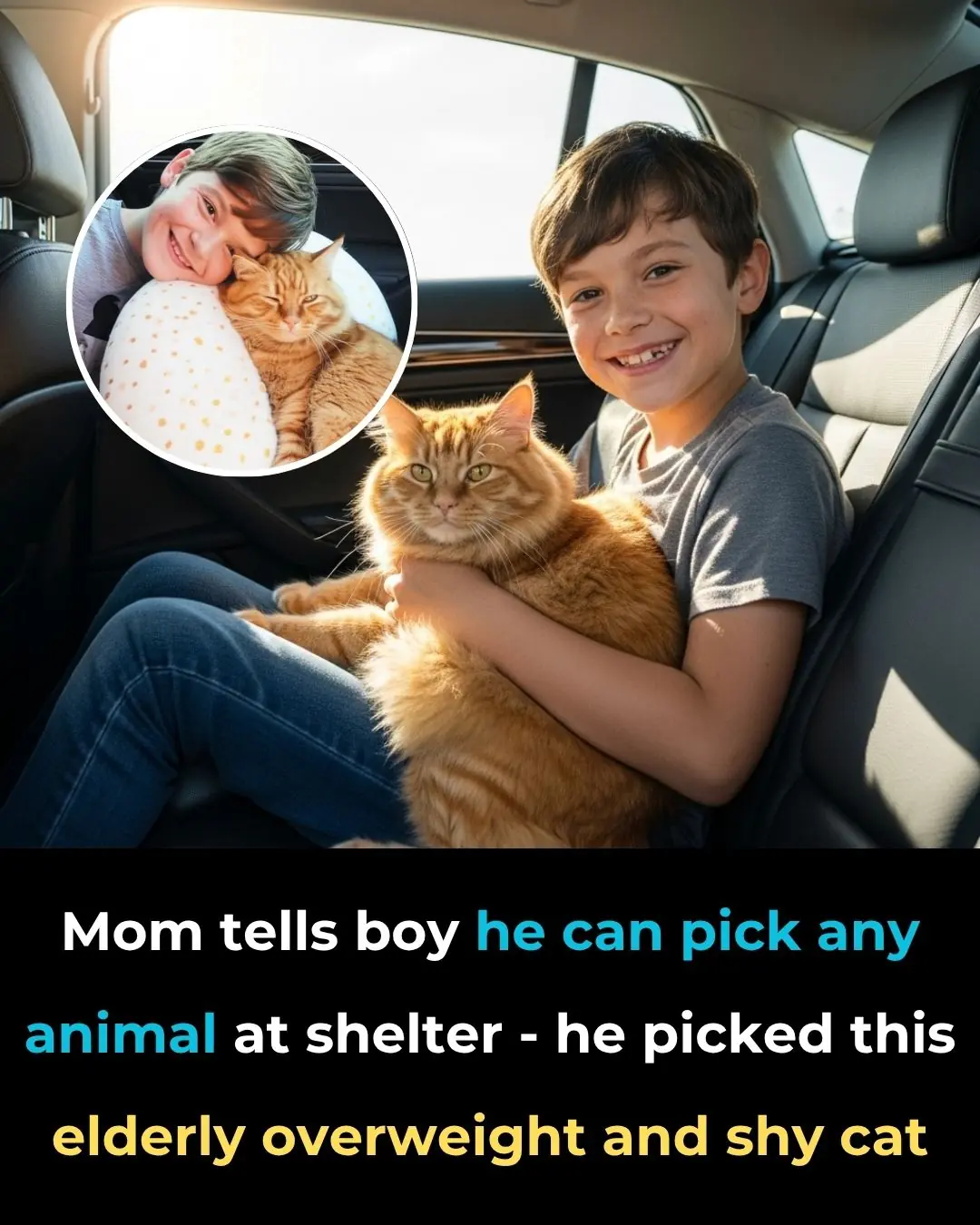At 4 a.m., your cat lets out a meow sharp, deliberate, maybe even a little annoyed. You stir in bed, wondering: Are they hungry? Lonely? Bored? It’s a familiar ritual for millions of cat owners, one that feels oddly intimate despite the language barrier. For centuries, we’ve relied on guesswork and intuition to interpret those sounds, sensing there’s meaning behind them but never quite sure what.
Now, that quiet mystery is starting to unravel not with psychic powers or pet whisperers, but with artificial intelligence.
AI, the same force behind facial recognition and voice assistants, is being trained to analyze feline vocalizations, mapping them to human-interpretable cues. Scientists are discovering that cats have more than 20 distinct vocal types and that they may even “speak” with regional accents. Tools are emerging that promise to tell you whether that meow means “feed me” or “leave me alone.” But this isn’t just a tech gimmick. It’s a step toward rethinking how we relate to animals—not as silent companions, but as expressive beings with something real to say.
So what happens when the machines that help us understand space and speech turn their focus to the family pet curled on the windowsill? Maybe it’s not about teaching cats to speak human, but about teaching humans to finally listen.
Why Translating Cat Meows Matters
At first glance, the idea of translating a cat’s meow might seem like a playful novelty something destined for quirky apps and viral videos. But beneath the amusement lies a deeper, more consequential shift: a growing cultural and scientific effort to understand the inner lives of animals, and to bridge the communication gap that has long separated humans from their nonverbal companions.
Cats, unlike dogs, have often been labeled as independent, even aloof. Yet research tells a different stor one in which cats have spent thousands of years evolving alongside humans, fine-tuning their behavior and vocalizations to better interact with us. Notably, adult cats rarely meow at each other. This vocalization is largely reserved for humans, a behavior believed to have developed through domestication. According to anthrozoologist John Bradshaw, the “meow” functions as a kind of interspecies social tool an intentional adaptation to human responsiveness.
What does that mean for us? It suggests that cats have not only been trying to communicate, but that they’ve shaped their language around our attention and cues. When a cat meows at 4 a.m., it’s not random it’s personal. It’s part of a dialogue they expect us to understand.
The implications stretch beyond pet care. Understanding feline vocalizations isn’t merely about decoding hunger or distress signals it’s about recognizing that animals have emotional complexity and agency. As AI tools begin to classify meows based on pitch, duration, and context, we’re offered a chance to not only respond more accurately to our cats’ needs, but to deepen the emotional resonance of our relationships with them.
Moreover, these advances challenge the outdated view of animals as passive or instinct-driven. Instead, they position cats and potentially many other species as intentional communicators. By taking their vocalizations seriously, we acknowledge something profound: that communication doesn’t begin and end with words, and that empathy can be shaped through attention, not translation alone.
How AI Is Learning to Understand Cats

Translating cat meows into human-understandable signals may sound like a science fiction trope, but the technology underpinning it is very real and rapidly evolving. At the core of this progress is artificial intelligence, which has already revolutionized fields like image recognition, speech processing, and medical diagnostics. Now, it’s being turned toward one of humanity’s oldest domestic mysteries: what is my cat trying to say?
To decipher feline speech, AI systems analyze the structure of sounds much like they would analyze human language or music. First, audio recordings of cat vocalizations are transformed into spectrograms visual representations of the sound’s frequency over time. These spectrograms are then fed into neural networks, which are trained to detect subtle patterns that humans might miss: tone, pitch, rhythm, and the context in which the sound occurs. Over time, the AI learns to associate specific meows with common scenarios like mealtime, stress, or affection.
This approach has been applied successfully in the animal behavior research field for years. Tools like DeepSqueak, originally developed to detect ultrasonic vocalizations in rodents, have shown how AI can process vast amounts of animal sound data quickly and with remarkable precision. In lab settings, DeepSqueak uses deep learning algorithms to classify different types of rodent calls, even recognizing sequences and syntax revealing not just individual sounds but the order and rhythm in which they occur. Similar techniques are now being adapted for domestic cats.

Image Credits: Website @MeowTalk
In parallel, other researchers are using machine learning models trained on cat-specific datasets, such as the CatSound dataset, which includes vocalizations from cats in various emotional states content, distressed, playful, or aggressive. By applying transfer learning from pre-trained models on music or speech recognition systems, developers have managed to make sense of relatively small, noisy datasets. In one study, researchers used convolutional neural networks and ensemble classifiers to achieve an impressive 91% accuracy in categorizing cat sounds into emotional or behavioral categories.
Importantly, AI isn’t just identifying sounds in isolation. The most advanced systems also factor in contextual data such as time of day, body language, and behavioral cues to refine their predictions. Experimental tools are even exploring biometric integrations, like pairing meow detection with motion sensors or heart rate monitors, to better interpret the emotional weight of a vocalization.
However, researchers are quick to note that this isn’t “translation” in the way we understand human languages. What AI does is classification, correlating sound patterns with likely meanings based on repeated associations. A high-pitched trill near the kitchen likely means hunger. A low growl near the front door might suggest territorial unease. These associations may lack literal syntax, but they’re meaningful, actionable, and, most importantly, rooted in behavior.
Tools and Apps You Can Try Today
One of the most well-known tools on the market is MeowTalk, developed by a former Amazon engineer who worked on Alexa. MeowTalk uses machine learning to categorize cat vocalizations into predefined meanings like “I’m hungry,” “I’m in pain,” or “I want to go outside.” The app starts with general models trained on thousands of vocalizations, but its standout feature is customization, it learns your cat’s unique “language” over time. Users can label their cat’s sounds in specific contexts, and the app refines its predictions accordingly, creating a personalized profile for each pet.
Though it may sound like a gimmick, the app has garnered millions of downloads and active users globally. More importantly, its development aligns with current scientific understanding: cats don’t have a universal language but instead develop individualized communication patterns, especially with their humans. This makes MeowTalk’s adaptive learning model a logical approach, albeit an imperfect one.
Other emerging tools and devices are pushing the envelope further. Some smart home integrations, for example, are experimenting with linking sound recognition to environmental triggers like activating a feeder when a specific meow is detected, or sending a notification if a vocalization associated with distress is heard. Wearable pet tech companies are also exploring multi-sensor devices that combine vocal data with movement, temperature, and even biometric indicators to give a more holistic view of a cat’s emotional state.
That said, experts urge caution and realism when using these apps. As Dr. Kevin Coffey, a neuroscientist and co-creator of DeepSqueak, has noted, these tools are not true “translators” but pattern recognition systems. They don’t understand language or intention in a human sense they’re matching vocal patterns to probable outcomes. This means context is still key. A meow near a closed door could mean “let me out” one day and “I saw a bird” the next.
Still, the usefulness of these tools isn’t in perfect accuracy it’s in encouraging more attuned observation. They invite cat owners to pay closer attention, to notice patterns, and to engage in more thoughtful interactions with their pets. In that sense, even the most basic AI-driven apps are fostering a shift from passive coexistence to active communication.
The Limits and Ethical Questions of “Talking” to Animals

As compelling as AI-powered “cat translators” may be, they come with significant limitations and important ethical considerations. While these tools promise a new level of understanding between humans and animals, they also risk oversimplifying a complex, emotionally nuanced form of communication that we are only beginning to grasp.
First, it’s important to understand that what these systems offer is not true translation, but rather statistical classification. AI doesn’t understand intention or emotional nuance the way humans do. It identifies patterns like a high-pitched meow often occurring before feeding and associates them with likely meanings. But this isn’t the same as decoding language. As experts like Dr. Kevin Coffey have pointed out, even highly advanced systems like DeepSqueak are grounded in pattern recognition, not interpretation of meaning. They can say what usually happens after a sound but not why the animal made it in that moment.
Moreover, cats are not monolithic in how they express themselves. A sound that signals contentment in one cat might indicate irritation in another, depending on the individual’s temperament, the environment, or even the bond they share with their human. AI systems trained on large datasets may generalize these differences away, creating one-size-fits-all assumptions that don’t account for each animal’s unique voice. In this sense, a tool might tell you your cat is “hungry” when they’re actually stressed or vice versa if context isn’t carefully considered.
There’s also the risk of technological overreach. Framing these tools as definitive translators may lead users to place too much trust in them, potentially ignoring real signs of distress or misunderstanding a pet’s needs. While technology can assist, it should never replace the relational knowledge that develops through lived experience, observation, and empathy.
Then come the ethical questions. As we turn animals into datasets recording, analyzing, and interpreting their every sound are we doing so in the spirit of mutual understanding, or out of a desire to exert more control? There’s a delicate balance between using AI to foster better communication and using it to reshape animals’ behavior for our convenience. Tools that alert us when a cat is “acting out” could easily be repurposed to suppress behavior rather than understand its cause.
Privacy, too, is an emerging concern albeit an unconventional one. While it may sound strange to talk about a cat’s “right to privacy,” the broader point is about respecting agency. Just because we can monitor and interpret our pets’ every vocalization doesn’t mean we always should, particularly if those insights are used in ways that prioritize human needs over animal well-being.
Ultimately, these tools should serve as invitations to listen more carefully, not instruments of control. The real goal isn’t to make animals more legible to us on our terms it’s to meet them halfway, recognizing that communication involves more than just sounds. It includes gestures, routines, emotional cues, and mutual trust things no algorithm can fully replicate.
Listening Beyond the Meow

Maybe the point was never to “speak cat” in the way we speak human. Maybe it’s to realize we’ve always been in a conversation we just hadn’t learned how to listen.
Artificial intelligence is giving us tools to hear our pets differently, even more clearly. But the real shift isn’t technological; it’s emotional. It’s in the way we begin to treat our cats not as instinct-driven enigmas or cute but unknowable creatures, but as beings with voices, feelings, and the desire to be understood.
This new wave of AI-driven translation tools isn’t perfect, and it never will be. No app can fully grasp what your cat is thinking. But they can serve a more meaningful purpose: helping us slow down, pay attention, and build a deeper bond through curiosity and compassion. They remind us that communication doesn’t always require words it often begins with presence, patience, and care.
As we inch closer to decoding what a meow really means, we’re also decoding something in ourselves: our capacity to listen, to empathize, and to relate across the barriers we once believed were fixed. In learning to hear our cats, we’re not just unlocking a new feature of pet ownership we’re participating in a quiet revolution in how we connect with the living world.
And maybe that’s the most powerful message of all.





























